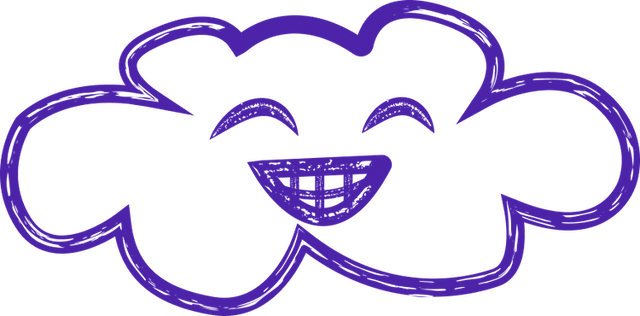
data flow diagram
Data flow diagram: A Powerful Tool for Visualizing and Analyzing Data Flow
The Essence of Data Flow Diagrams: Illuminating the Flow of Information
At their core, data flow diagrams are captivating visual representations that unveil the mesmerizing dance of data within a system. Through a clever arrangement of symbols and arrows, they showcase the system's components and vividly illustrate how data gracefully moves between them. The key symbols found in data flow diagrams include:
Processes: Symbolizing the functions and operations performed on the data.
Data stores: Depicting the safe havens where data finds refuge.
External entities: Portraying the sources or destinations of the data.
Data flows: Breathing life into the pathways that data traverses between different components of the system.
Embarking on the Data Flow Journey: Unraveling the Enigma
Data flow diagrams serve as illuminating guides, breaking down complex systems into bite-sized components that are easier to comprehend. Each component takes on a symbolic form, and the interconnecting arrows gracefully depict the fluid movement of data. This visual representation acts as a compass, guiding analysts to unravel the mysteries of data flow, identify potential bottlenecks, and unleash the power of optimization.
These diagrams find their true purpose during the requirements analysis phase of a software development project. They become invaluable tools, empowering developers and analysts to gain a profound understanding of data flow within the system, discover hidden insights, and devise strategies for optimal performance.
The Indispensable Role of Data Flow Diagrams in Development
Data flow diagrams have emerged as indispensable allies for developers navigating complex software systems. Let's explore why they are highly regarded:
Illuminated Understanding: Data flow diagrams grant developers a panoramic view of how data gracefully dances through the system. By visualizing the intricate data pathways, developers can unearth potential issues, streamline processes, and optimize the system for peak performance.
Requirements Analysis Made Easier: Data flow diagrams play a pivotal role during the requirements analysis phase. They provide developers with a powerful lens to delve into the system's requirements, ensuring alignment with stakeholder expectations and paving the way for successful implementation.
Bridges of Communication: Data flow diagrams serve as universal languages, bridging the gap between developers and stakeholders. Through their visual representation, complex concepts are simplified, enabling effective communication and collaboration with non-technical individuals.
In conclusion, data flow diagrams hold the key to unlocking the secrets hidden within complex systems. They empower developers to navigate the mesmerizing flow of data, gain a deeper understanding of the system's requirements, and foster effective communication with stakeholders. By embracing the magic of data flow diagrams, developers can create robust, efficient systems that stand the test of time and inspire awe with their flawless data orchestration.
At Startup House, we understand the importance of using the right tools to develop high-quality software solutions for our clients. Whether we're working on a small project or a large-scale system, we recognize the value of using data flow diagrams to visualize and analyze the flow of data.
Data flow diagrams are an essential tool for any developer working on a complex software system. By using a visual representation of the system, developers can gain a better understanding of how data is flowing through the system and identify potential issues. So, next time you're working on a complex software system, consider using a data flow diagram to improve your understanding and optimize the system for better performance.
Last but not least, enjoy these 2 haiku about data flow diagrams:
HAIKU NO 1:
Symbols and arrows,
Flowing data visualized,
DFD in sight.
HAIKU NO 2:
Data flow diagram,
Visualizing systems' flow,
Insight to optimize.
Let’s build your next digital product — faster, safer, smarter.
Book a free consultationWork with a team trusted by top-tier companies.








